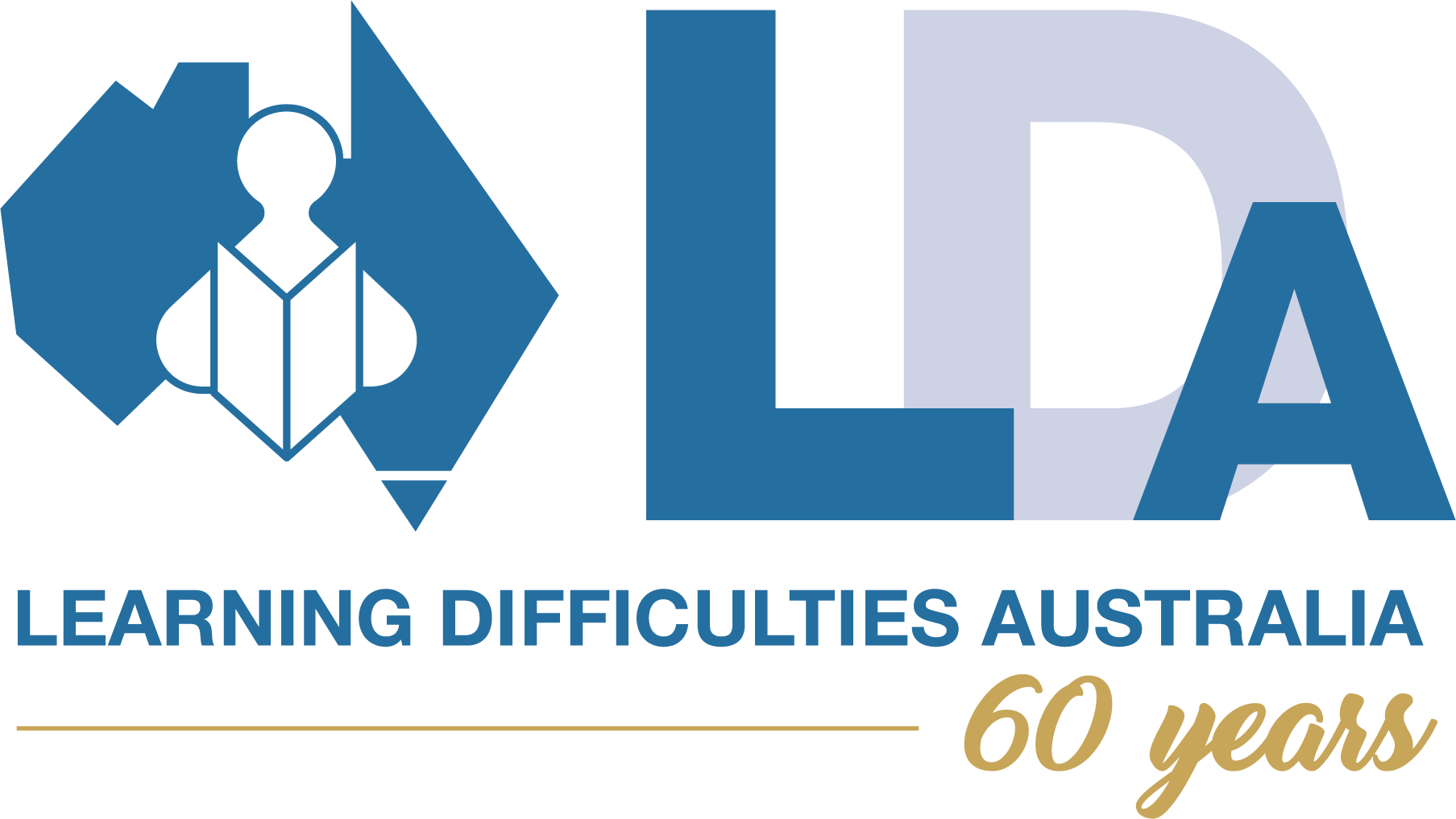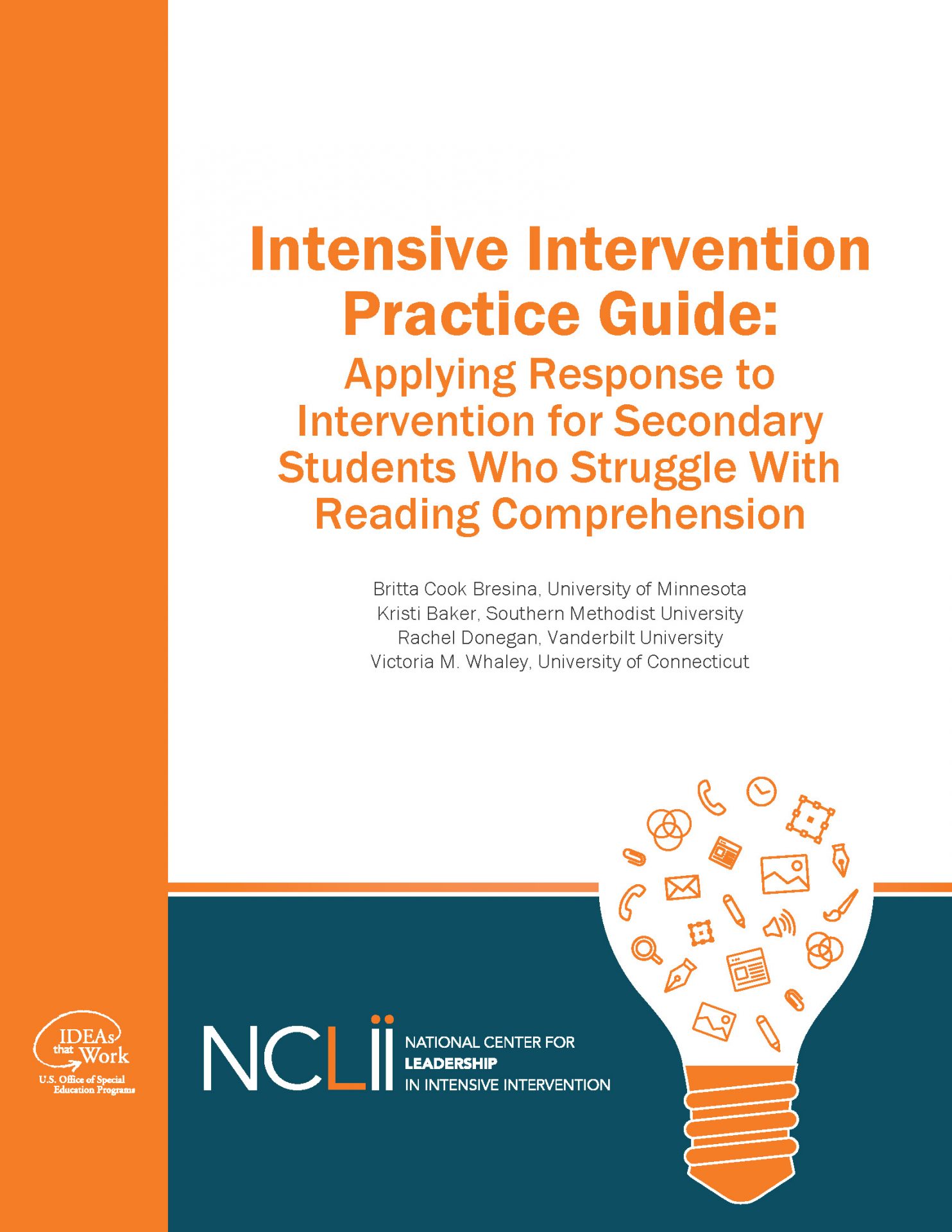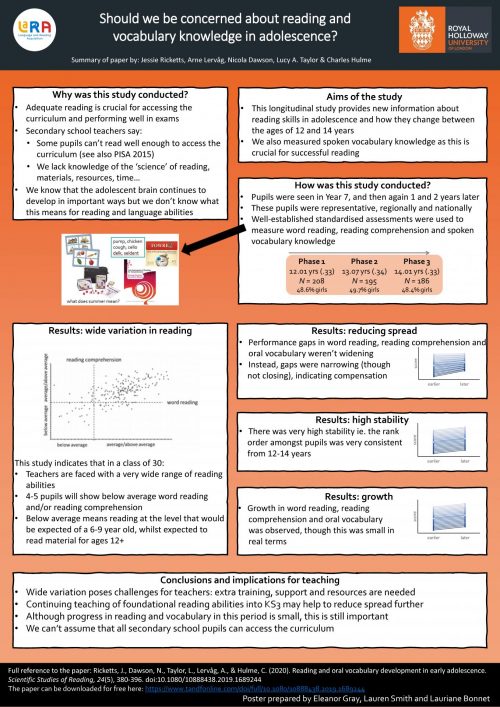Response to Intervention (RTI) is a multi-level framework designed to prevent academic failure and remediate areas of deficit. It...
Response to Intervention (RTI) is a multi-level framework designed to prevent academic failure and remediate areas of deficit. It is a framework to support students for whom generally effective practices have been insufficient. Its inclusion in the Individuals with...
Response to Intervention (RTI) is a multi-level framework designed to prevent academic failure and remediate areas of deficit. It is a framework to support students for whom generally effective practices have been insufficient. Its inclusion in the Individuals with Disabilities Education Act (IDEA; U. S. Department of Education, 2004) identified RTI with special education eligibility determination. However, RTI can also be viewed as a framework to organize increasingly intensive instruction for students at risk for or with disabilities (D. Fuchs, Fuchs, & Stecker, 2010). Many secondary students who struggle to read, regardless of disability status, struggle specifically with reading comprehension. These students will need interventions targeting comprehension and other related skills to make progress. The RTI framework consists of four main components: (1) universal screening; (2) levels of increasingly intensive intervention; (3) progress monitoring; and (4) data-based instructional decisions. By the secondary grades, the primary focus of RTI shifts from the identification of to the treatment of difficulties (Vaughn & Fletcher, 2012), suggesting alterations to the traditional RTI framework used in the elementary grades. While there is limited research on the effectiveness of RTI in the secondary grades to remediate reading comprehension difficulties, there is evidence that adolescence is not too late to improve reading comprehension outcomes (Scammacca et al., 2007). Overall, the literature supports the implementation of intensive reading interventions for students in secondary schools and that using an RTI framework to intensify reading comprehension interventions is an effective approach for these students.


